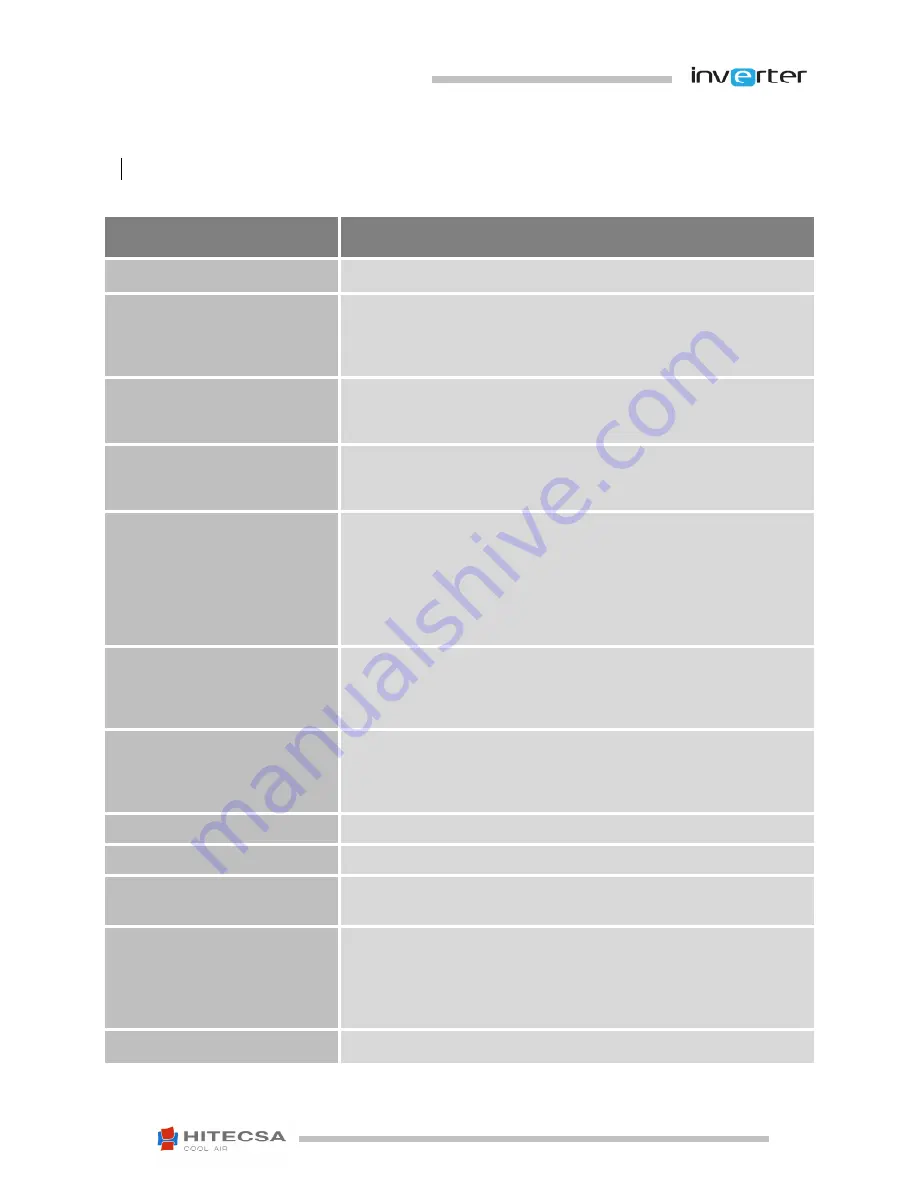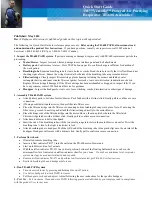
17
AIR-TO-AIR UNITS – COMPACT HORITZONTAL INVERTER
ACHIA / ACHIBA
11.14 207434 Rev.103
Refrigerant data
Safety data: R410A
Toxicity
Low
Contact with skin
R410A vapours can irritate the skin and eyes. In liquid form, it can freeze skin
on contact. If contact with skin occurs, flush the exposed area with lukewarm
water until all of the chemical is removed. If there is evidence of frostbite,
bathe in lukewarm water.
Contact with eyes
If contact with eyes occurs, immediately flush with large amounts of lukewarm
water for at least 15 minutes, lifting eyelids occasionally to facilitate irrigation.
Seek medical attention as soon as possible.
Ingestion
Very unlikely - should something happen, it will cause frost burns. Do not
induce vomiting. Only if the patient is conscious, wash out mouth with water
and give some 250 ml of water to drink. Then, obtain medical attention.
Inhalation
Inhalation of the R41 0A vapour may cause irritation. Vapour inhalation at high
concentrations may result in asphyxiation or the heart may become sensitized,
causing cardiac arrhythmia. When concentration of R410A reach levels which
reduce oxygen to 14-16% by displacement, symptoms of asphyxiation will
occur. An individual exposed to high concentrations of R410A must be given
medical attention immediately. Adequate ventilation must be provided at all
times.
Recommendations
Semiotics or support therapy is recommended. Cardiac sensitisation has been
observed that, in the presence of circulating catecholamines such as
adrenalin, may cause cardiac arrhythmia and accordingly, in case of exposure
to high concentrations, cardiac arrest.
Prolonged exposure
R410A: a study on the effects of exposure to 50,000 ppm during the whole life
of rats has identified the development of benign testicle tumour.
This situation should therefore be negligible for personnel exposed to
concentrations equal to or lower than professional levels.
Professional levels
R410A: Recommended threshold: 1000 ppm v/v - 8 hours TWA.
Stability
R410A: is stable under normal operating conditions.
Conditions to avoid
Do not use in the presence of high temperatures, flames, burning surfaces and
excess humidity.
Hazardous reactions
Contact with certain red-hot metals may result in exothermic or explosive
reactions and yield toxic and/or corrosive decomposition products. Specific
materials to avoid include freshly abraded aluminium surfaces and active
metals such as sodium, potassium, calcium, powdered aluminium, magnesium
and zinc.
Hazardous decomposition products
R410A: Halogen acids produced by thermal decomposition and hydrolysis.
APPENDIX: SAFETY DATA R410A



































